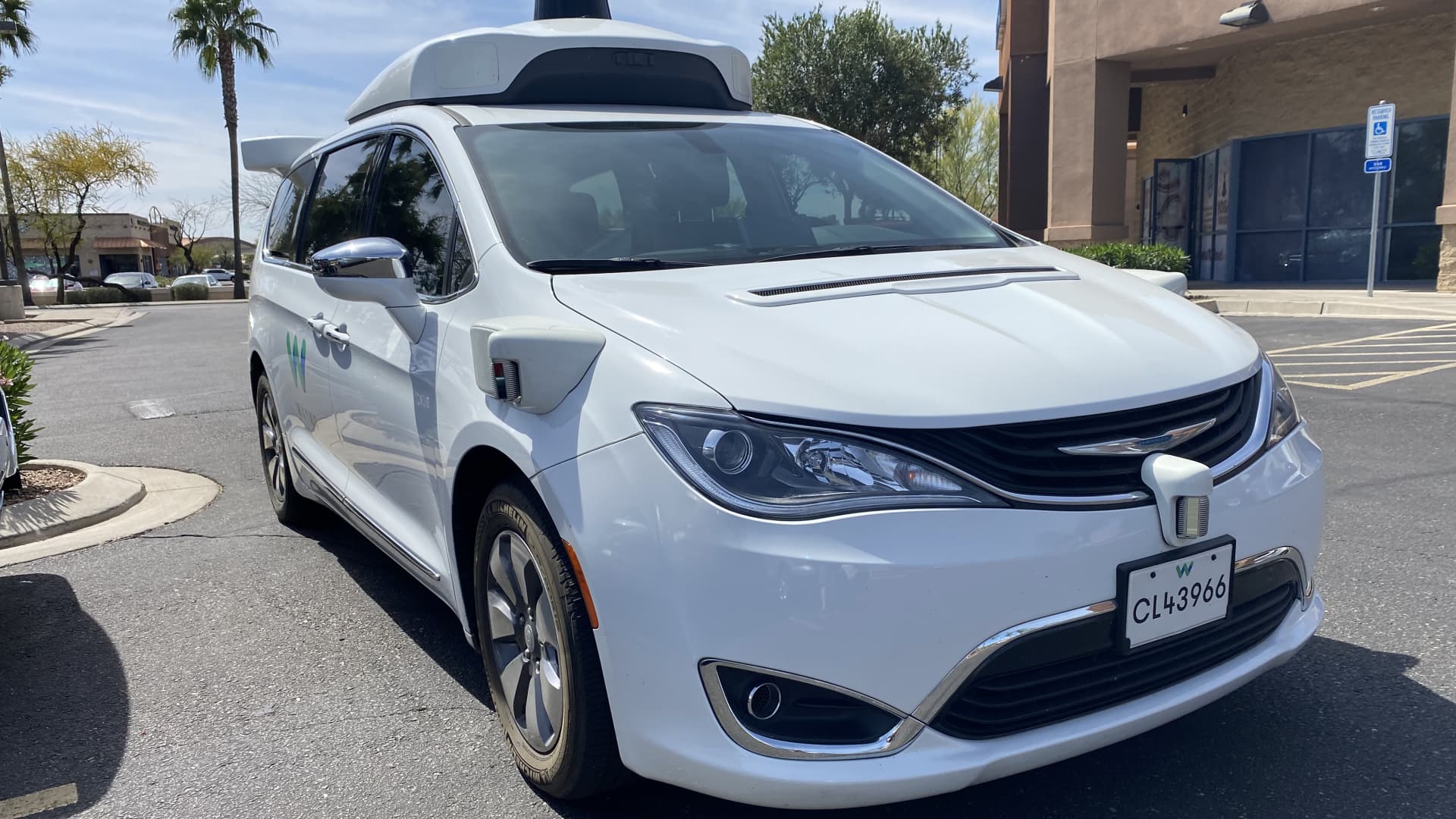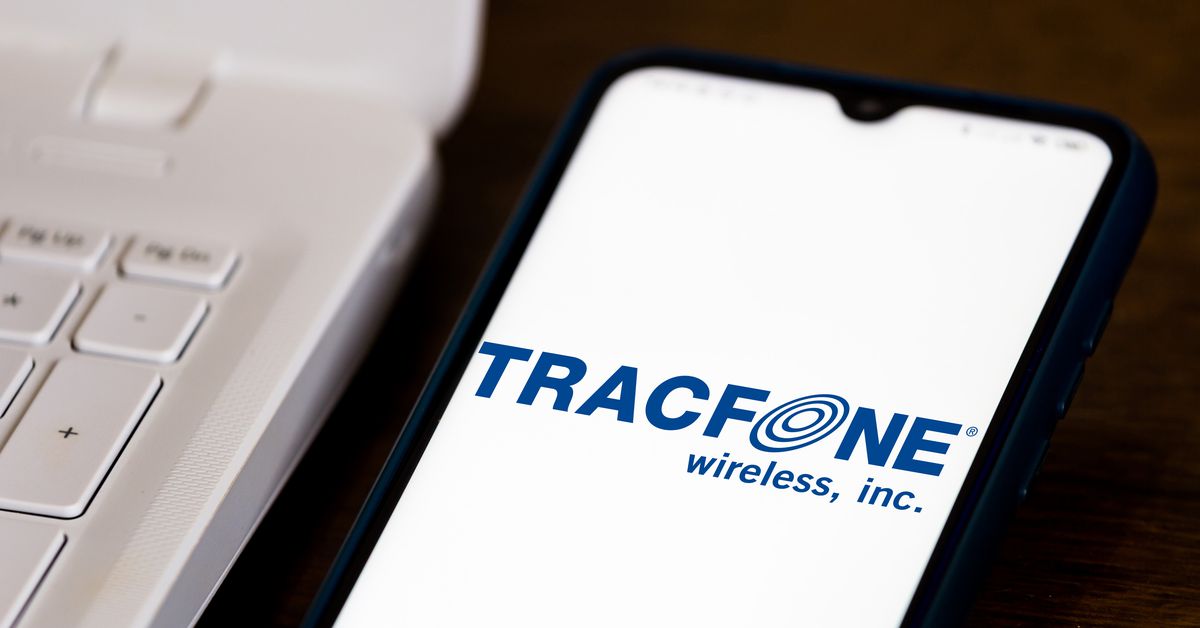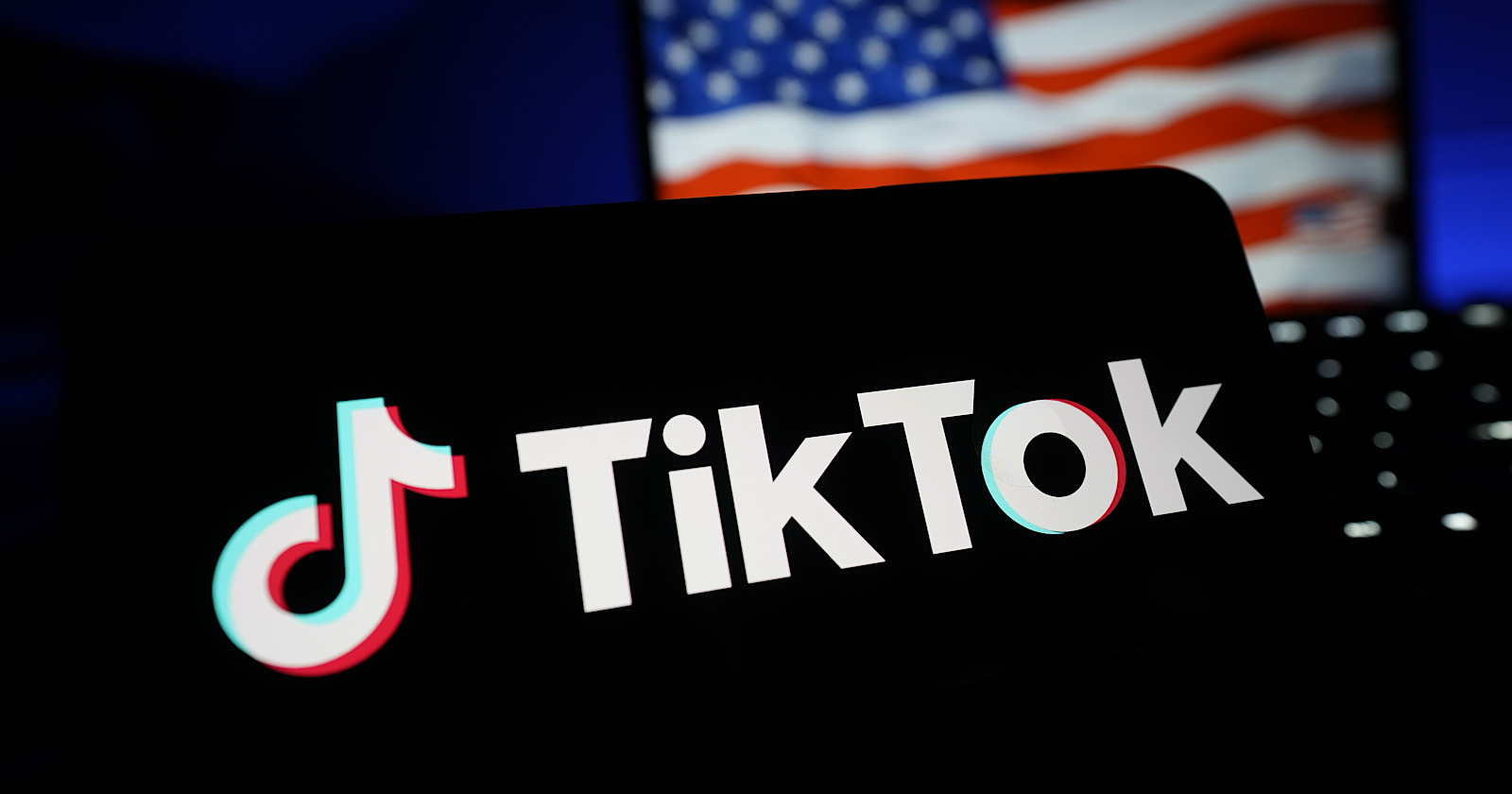'A ghost is driving the car' — my peaceful and productive experience in a Waymo self-driving van
Riding in a self-driving van underscored the potential of autonomous vehicles, which some believe will be a multitrillion-dollar market for investors.

PHOENIX — "A ghost is driving the car."
That's what my 5-year-old daughter said as I FaceTimed her recently from the backseat of a Waymo autonomous vehicle in the suburbs here.
Motorists and pedestrians who passed by had a similar reaction. They pointed, stared and even gasped when they noticed there was no one in the driver's seat.
It will take many more experiences like mine to usher in the age of the driverless car. While the commercialization of autonomous vehicles has been far more difficult than many thought just a few years ago, the benefits to riders and companies are real based on my recent experience.
The daunting task of taking the driver out of the vehicle can lead to safer roads, increase profit margins for companies and create a better overall experience for riders. But the rollout has to be done cautiously and safely. Companies also need to demystify the experience by getting more people in the vehicles.
During my trip in Phoenix, the steering wheel in the modified Chrysler Pacifica Hybrid minivan moved with every turn and lane change, as the vehicle used a suite of cameras, radar and sensors such as lidar to "see" its surroundings.
The vehicle also displayed what it was seeing – such as other cars, buildings and pedestrians – on screens in the back of the vehicle. The screens assist riders in knowing what the car is sensing, which could put them more at ease with what's happening.
Waymo One self-driving vehicles display what they're "seeing" (other cars, stoplights, buildings, pedestrians, etc.) on screens in the back of the vehicles.
Michael Wayland / CNBC
I have been in a handful of highly automated and self-driving vehicles, but they've all included backup safety drivers behind the wheel. That's not the case for Waymo's fleet of self-driving vehicles in the Phoenix suburbs of Chandler, Tempe, Mesa and Gilbert.
While some Waymo vehicles have safety drivers during testing and inclement weather, the rest, such as the two I spent more than an hour riding in, did not have anyone other than myself in them.
True potential
For me, the experience was liberating. It highlighted the true potential of autonomous vehicles, which some believe will be a multitrillion-dollar industry.
Shortly after hailing my first vehicle through the Waymo One app (like you would with Uber or Lyft), I was at ease with my ghost driver. In fact, I even preferred it after being on a plane for four hours and riding with two human drivers earlier in the day.
Being alone without a driver allowed me to have a little serenity. It enabled me to be productive without being interrupted or worrying about being an annoying or inconsiderate passenger. I FaceTimed, tweeted, made calls and changed destinations several times without feeling like a nuisance. I even wrote most of this article while in the second van.
Being able to do such things is what companies have been promising self-driving vehicles would deliver for years. That's in addition to increasing safety and saving massive amounts of capital by taking the driver – the most expensive cost for such companies – out of the vehicle.
But the reality is humans are unpredictable, and the amount of skill it takes to drive, whether it be to school or in a construction zone, was underappreciated. It's taken far longer than most expected to get to where we are today, which isn't too far. A lot of companies are doing private testing, but large fleets of autonomous vehicles that were promised by companies such as Uber, Lyft and General Motors are still not close to coming to fruition.
Waymo, a division of Alphabet, became the first company to offer such a fleet to the public in late 2020. Its service area is limited to a roughly 50-square-mile area but it shows potential for these technologies. The company says it has given tens of thousands of rides since launching publicly in October 2020.
Waymo isn't alone in this. There are others such as Amazon-backed Zoox, Cruise and Argo AI that are testing, and even operating, in limited areas across the country. However, they're not taking fares and operating for public use in as big and meaningful way as Waymo has been doing. Cruise, a majority-owned subsidiary of GM, is getting close to doing so at night in San Francisco.
Mostly smooth, but some issues
Overall, the two Waymo vehicles I rode in operated as safely as many ride-hailing drivers I've been with, including one I had to take to get to the service area for the self-driving vehicles. They handled neighborhood speed bumps, braking and acceleration with ease. After the novelty wore off, I was at ease with how the vehicles were handling most situations.
But the rides weren't flawless. Of course, neither are human drivers, but one of the promises of self-driving vehicles is the reduction, even elimination, of accidents. So, as safe as human drivers doesn't cut it.
A Waymo One self-driving can goes through a neighborhood instead of going straight and making a left turn at a busier intersection, as shown on a screen inside the vehicle.
Michael Wayland / CNBC
The route selections also were odd. The vehicles seemed to sometimes prioritize going through neighborhood streets instead of taking left-hand turns or using median turnarounds (see the above picture). Waymo says the vehicles may choose a different route to avoid traffic.
There also were instances of hesitant, almost harsh, braking and steering movements. At one point, the first vehicle I was in also stopped in the middle of a crosswalk before deciding to reverse out of it. (My colleague Jennifer Elias experienced some similar snafus involving fire lanes.)
Hailing the vehicle also is different than a traditional taxi or ride-hailing service. You have to be precise in where the pickup location will be for the vehicle.
In a crowded Walmart parking lot, I found myself running after the vehicle, which was going in and out of lanes attempting to get to my side of the street. It was annoying but about the same level of frustration I had when attempting to find my Uber driver at the airport.
The Waymo vehicles were in line with costs of ride-hailing services. In total, I spent $49.20 on two trips that totaled 26.5 miles and took 1 hour and 17 minutes. The cost per mile averaged to $1.86 a mile.
That compares with my human-driven ride-hailing trips to get to and from the autonomous taxis that averaged $1.62 per mile, excluding tips, which brought the amount up to $1.88 per mile.
My Waymo trips included going from one Walmart to another, then stopping for lunch before hailing my second vehicle to take me to a post office and then a Target near the northern border of where the vehicles can drive.
Waymo self-driving car
Getty
As I wrote in one of the vehicles, I was struck by the possibilities for self-driving vehicles, including for deliveries and consumers. Even in limited operations such as Waymo's, the promises of these technologies are real, but so are the technological challenges, regulatory hurdles and unpredictability of human drivers.
Waymo and others need to get more "butts in seats" – an old adage of car dealers to sell vehicles – to experience autonomous vehicles. It's the only way people, including younger generations, won't believe ghosts are driving the vehicles.
Correction: The cost per mile with the Waymo vehicle averaged to $1.86 a mile. An earlier version misstated the figure.

 ShanonG
ShanonG 
































